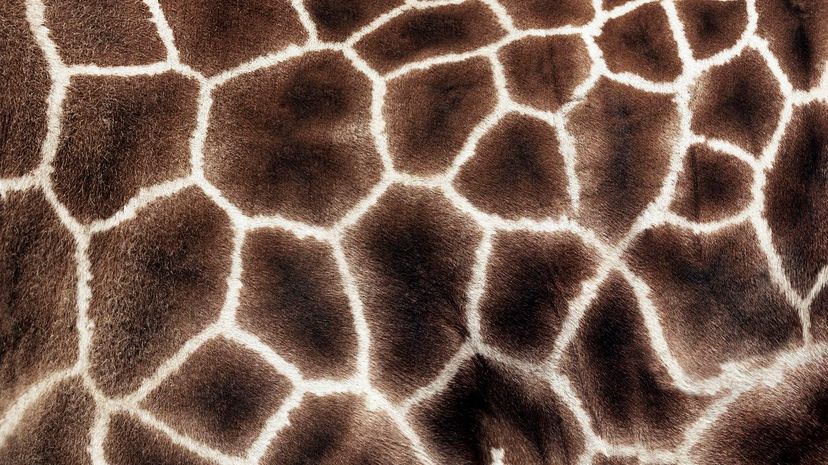
About This Quiz
Do you know what human fingers and giraffe fur have in common? Or which carnivorous canine's coat changes color with the seasons? Talk about one crazy hair day!
Outside of just making them look cute, an animal's hair has quite a lot to of-fur. One of the main purposes is to provide warmth, such as with the thick coats of yaks and mountain goats. Many mammals, like sloths, have hair that acts as the perfect camouflage, while other critters rely on their coats for protection against predators (such as porcupines). Some of the specifics about fur still remain a mystery, such as the exact reason for a zebra's black-and-white (or is it white-and-black?) striped coat.In the past, humans relied on the fur of animals they'd killed for food for a variety of purposes. During these times, humans practiced conservation with their limited resources, using these hides to make clothing, blankets, shoes, teepees and more.Â
Thanks to modern technology, humans today have a much wider range of fur-free textiles, like cotton and polyester. Unfortunately, certain animal pelts still manage to make headlines in luxury fashion, which can be detrimental for those species (such as mink and chinchilla). But FURtunately, material made from synthetic fibers can be used to create faux fur and offers solutions for such styles!
Think you have what it takes to spot the differences in these 40 mammals just from a closeup of their fur? Test your animal kingdom knowledge and find out if you're a (hair)cut above the rest!
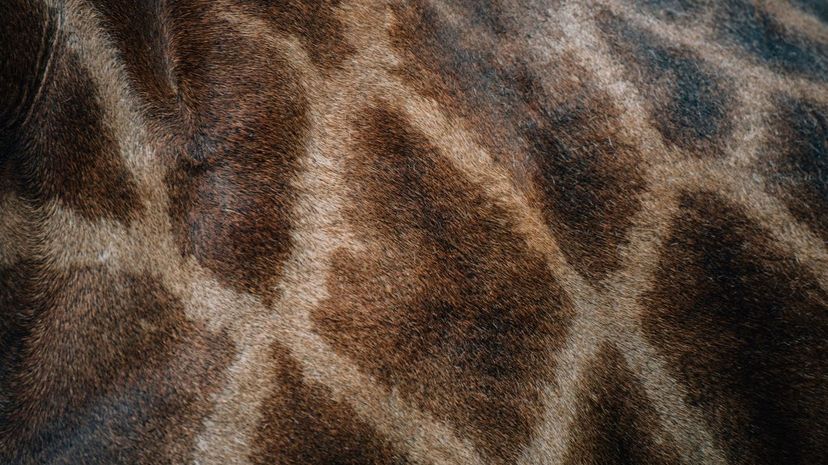
Did you know humans have something in common with giraffes? Just like our fingerprints, a giraffe's spots are unique to them and different from any other pattern. Giraffes spend most of their lives standing.

At the end of her pregnancy, a female cheetah typically gives birth to two to eight cubs at a time. While a cheetah may be fast, it usually can only run at its top speed for roughly one minute.
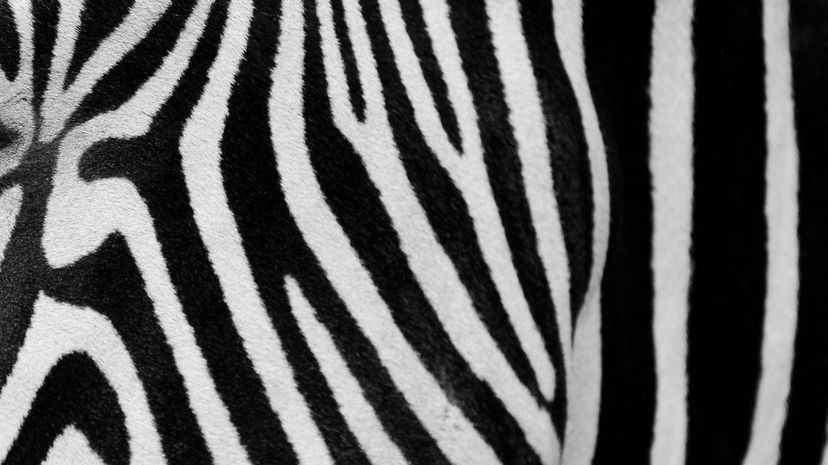
Did you know that the exact reason for a zebra's stripes is still unknown? Their are two main theories: one is to look like an optical illusion and confuse predators, and the other theory is to deter flies from bothering them.
Advertisement
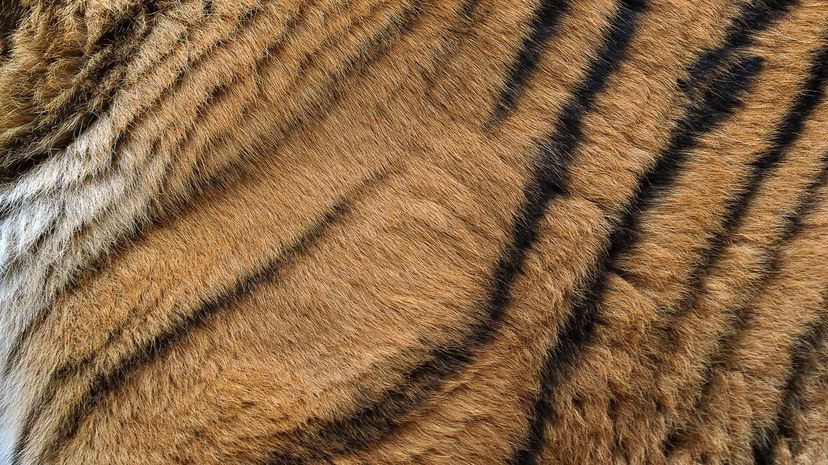
One thing a tiger certainly isn't shy about is its roar! A tiger's roar can be heard from as far as two miles away. Cheetahs aren't the only quick cat, as tigers can reach speeds of nearly 40 mph.

There are a total of 90 different types of antelope. As a herbivore, an antelope's diet is primarily made up of grass and leaves, and antelopes have been known to follow rain in search of fresher grass.
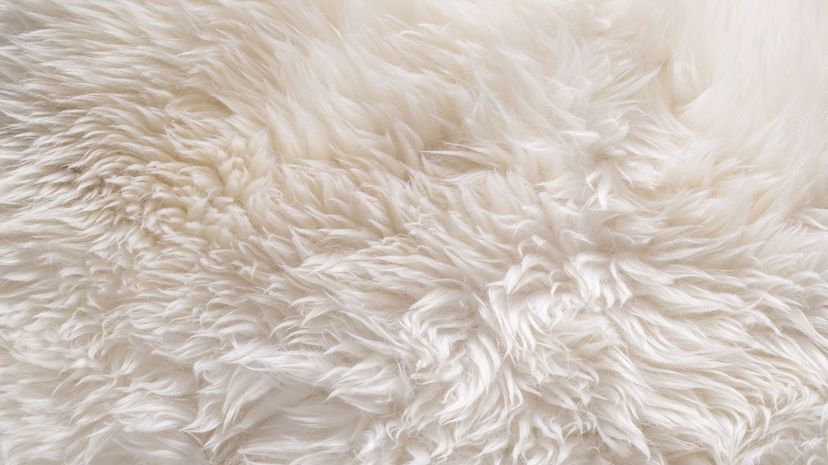
One pound of wool can be enough to create roughly 10 miles of yarn. Sheep have nearly 360-degree vision, meaning they are able to see at roughly all angles. Talk about keeping an eye on things!
Advertisement
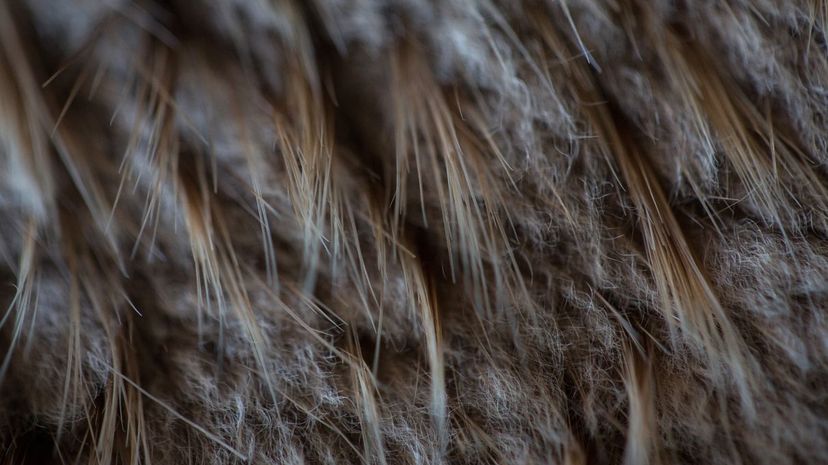
A beaver's fur is made up of two layers (an outer and an inner). The outer layer is much longer and more coarse hair, while the inner layer is fine hair that acts as a barrier against water to keep the beaver dry while swimming.
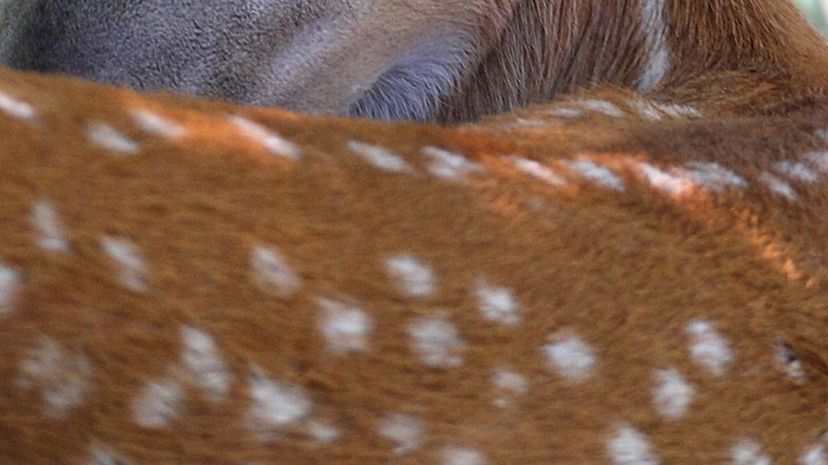
When most baby deer, or fawns, are born, they will be covered in white spots. These spots help to camouflage fawns and protect them against predators. Every year, a male deer will shed his antlers and grow new ones.
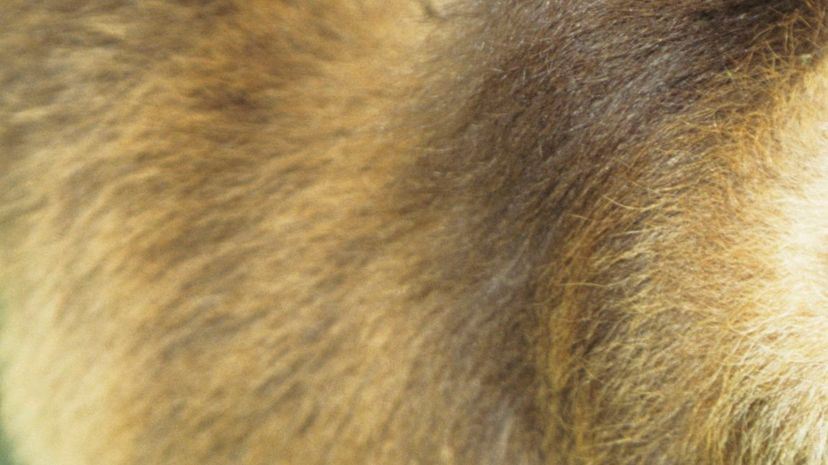
Ever wonder why a sloth may appear to look greenish in color? On top of hair, a sloth's fur is typically covered in an assortment of algae and fungi, which help to camouflage the mammal.
Advertisement
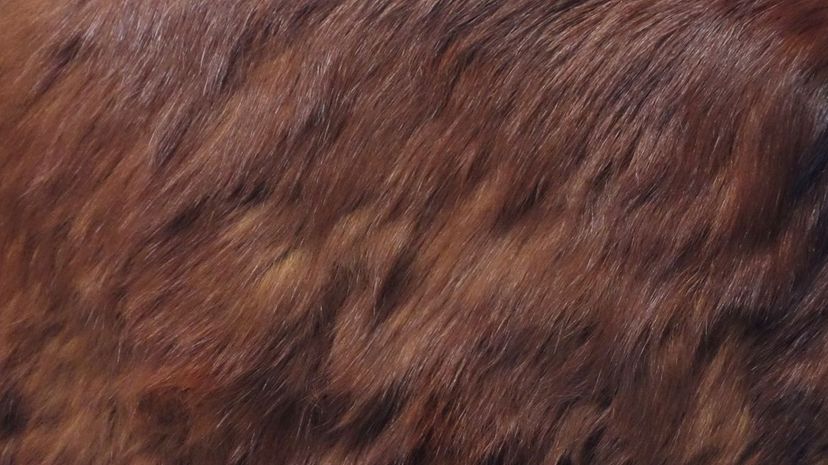
Flying squirrels can be found in three continents: Europe, Asia and North America. They may be hard to spot because these animals use an amazing membrane to glide from tree to tree, but if you could find them all, be on the lookout for all 43 different subspecies!

You may recognize a chipmunk from its iconic fluffy tail, which is typically between 3 - 5 inches in length. To survive the frigid winter months, a chipmunk will spend most of the time burrowed underground and only resurface several times to eat.
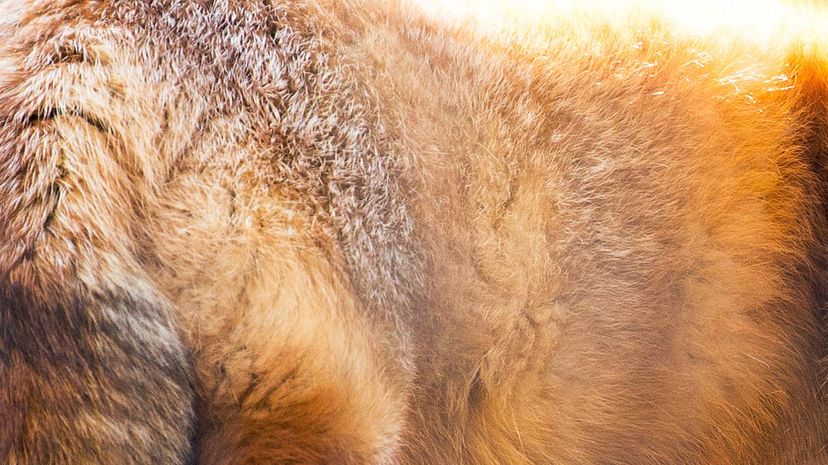
A baby fox is known as a kit, and when born is covered in dark gray fur. Within a month, a kit will grow its new coat to become the staple red color. Kits make eight unique vocal sounds to communicate, while adult red foxes have 12.
Advertisement

No need to fear these spikes! While a porcupine's quills are poisonous and thus a threat to humans, the quills of a hedgehog are not barbed and mostly hollow to give their coat strength.
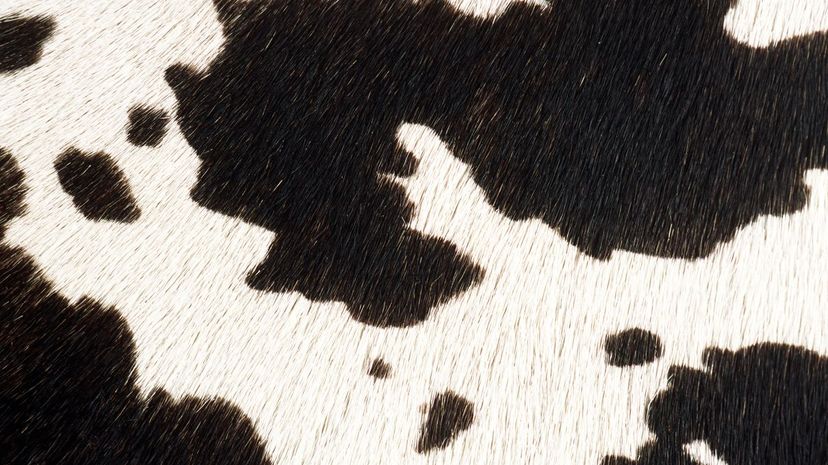
While you may commonly recognize this animal to be a cow, there are technically certain rules to the different names for types of bovines. For instance, a "cow" is a female bovine that has already birthed at least one calf.

Did you know a horse is able to see better during the nighttime than a human? Horses have nearly 360-degree vision along with having the largest eyes compared to other land mammals.
Advertisement

A yak's fur is what helps keep the animal protected against different temperatures. Their coat is even thick enough that yaks are able to swim in practically frozen water without risk of freezing.
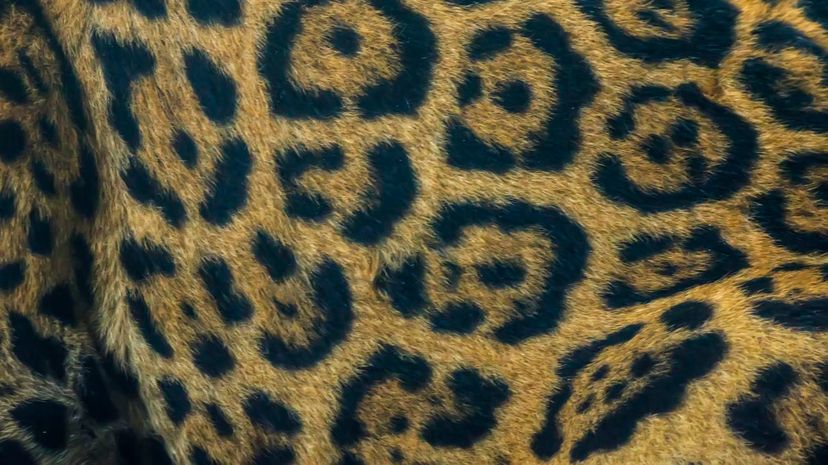
A jaguar's orange fur is covered in an assortment of black spots that resemble roses, which appropriately gives these spots the name "rosettes." Jaguars are known for living solitary lifestyles.

Did you know a polar bear's fur is not white, but translucent in color? The hair covering a polar bear's body is hollow and helps the animal to reflect sunlight and thus blend in better with the winter wonderland these animals call home.
Advertisement
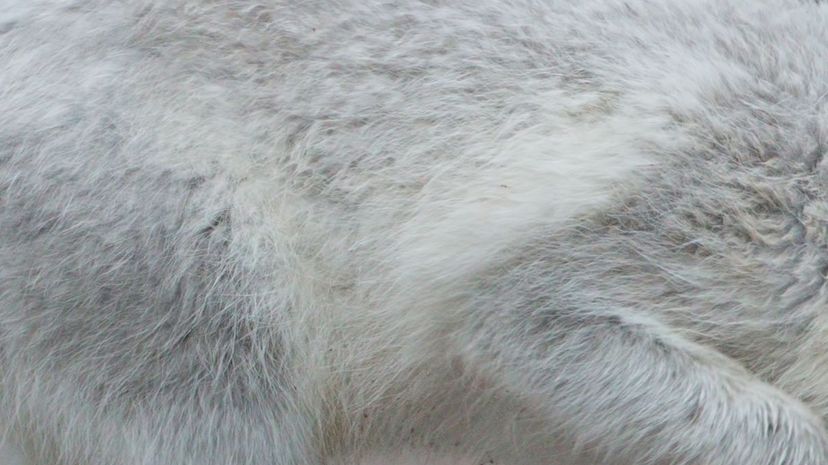
While you may know the arctic fox to be coated in fluffy white fur, the color of their hair actually changes with the seasons. Arctic foxes are the only canines known to have this color-changing ability throughout the year.

A male lion's mane gets bigger the healthier it is, which in turn may help to attract female lions. If a lion wants to be heard, he'll make sure he's heard! A lion's roar can be heard from as far as five miles away.
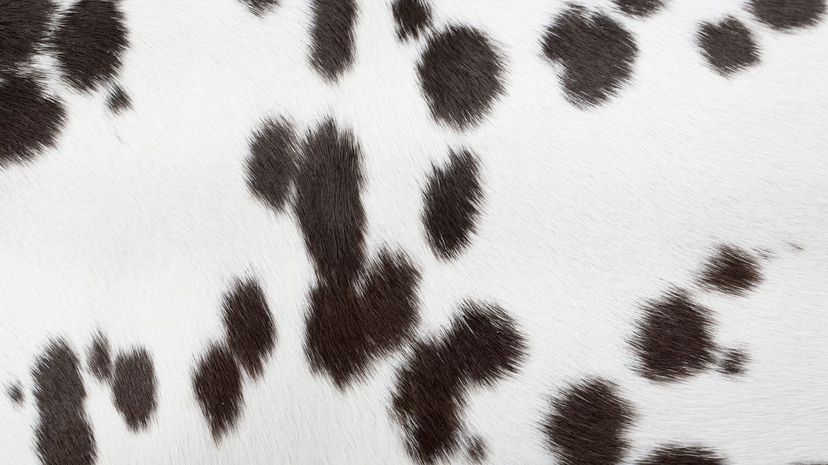
A dalmatian's spots are typically brown or black in color, though some have even been known to be yellow or blue. Their spots are located all over their bodies - even inside their mouths!
Advertisement
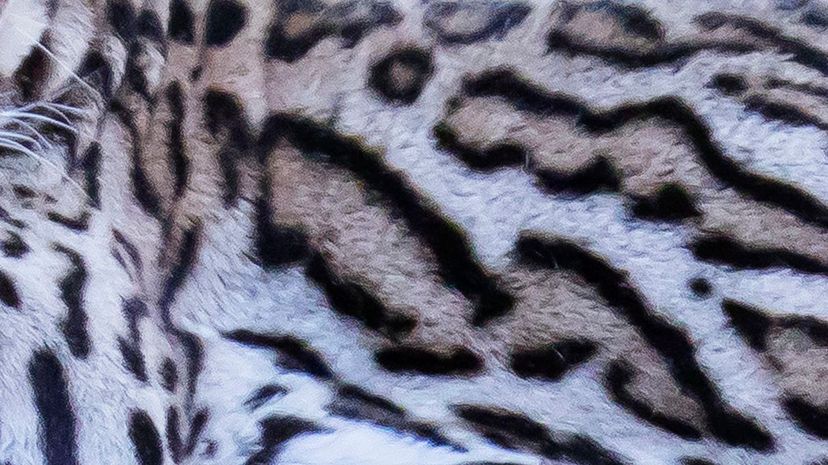
Did you know that ocelots are rather picky eaters? These little felines will even go as far as taking the time to get rid of their prey's fur and/or feathers before they can actually enjoy the meal.
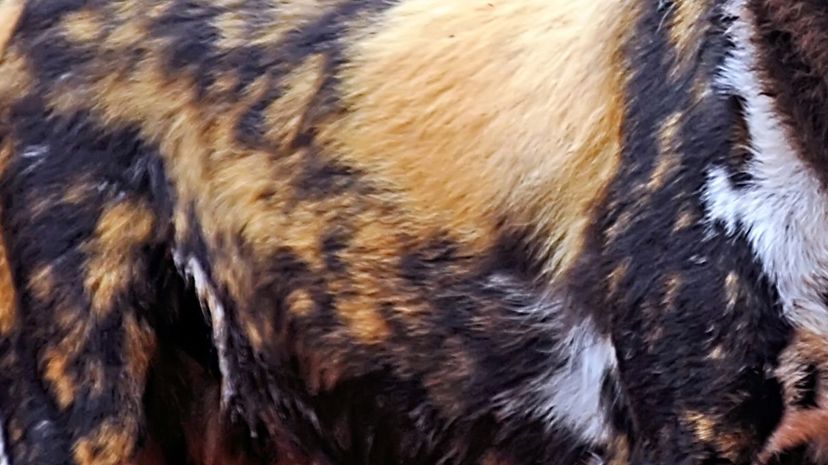
The scientific name for African wild dogs, "Lycaon pictus," literally translated means "painted wolf." This is in reference to the animal's spotted fur, which is decorated in black, brown, white and yellow colors.

While possums may commonly get a bad rap for being "gross," they are actually incredibly helpful in controlling the spreading of Lyme disease. These mammals can eat up to 4,000 ticks in just one week!
Advertisement
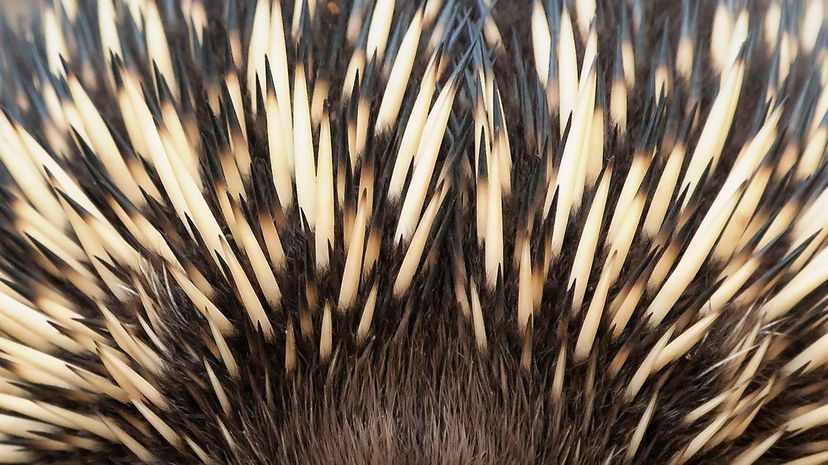
Like hedgehogs, the quills of an echidna are hollow and barbless. While echidnas are mammals, they give birth to their young by laying eggs. The spines of an echidna grow as long as two inches.
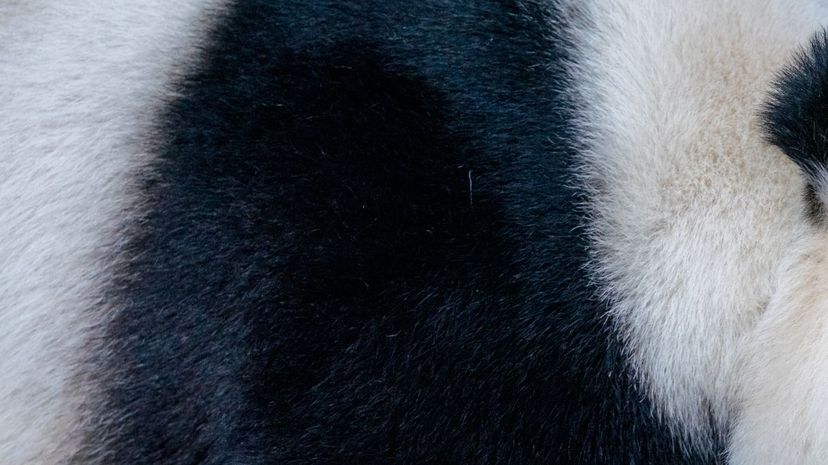
Did you know that pandas are born pink and just about the same length as a pencil? Instead of hibernating, pandas simply travel toward warmer temperatures (typically venturing down a mountain).
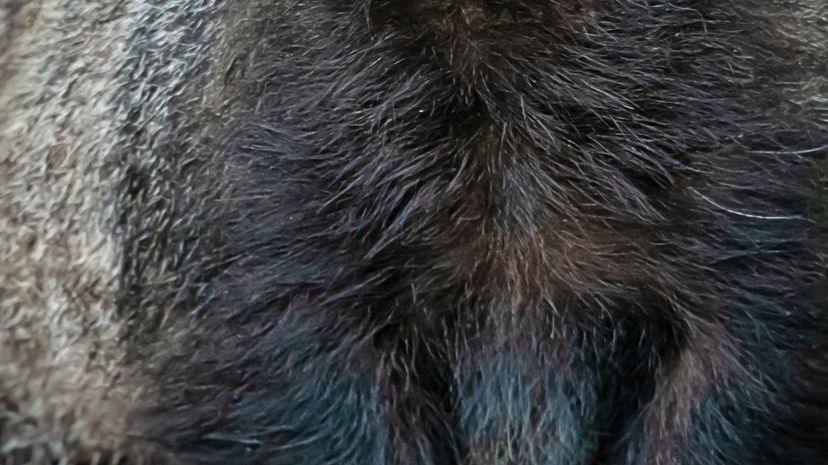
A badger's coarse fur coat is comprised of black, brown, white and even gold hair. Most of these animals are omnivores, and their primary diet consists of earthworms, eggs of ground-nesting birds and spider larvae.
Advertisement
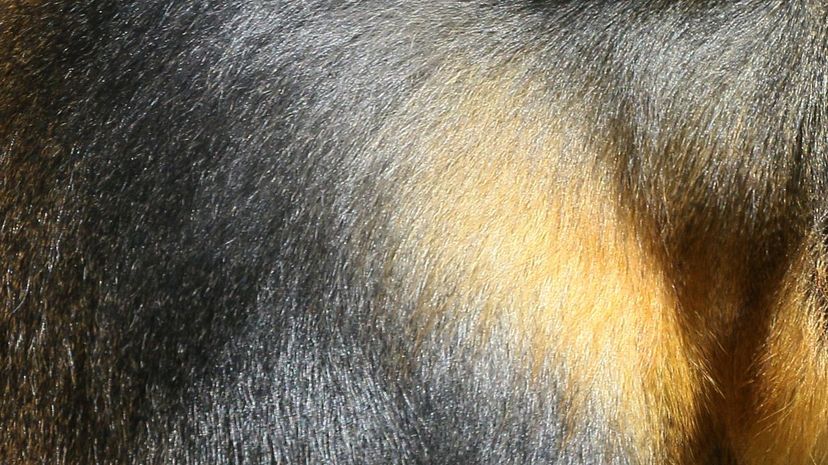
These animals are known for having a vibrant coat. A mandrill's fur is olive-green in color, though male mandrills also have a yellow/orange-colored beard. When born, a baby mandrill instantly clings to its mother's fur.
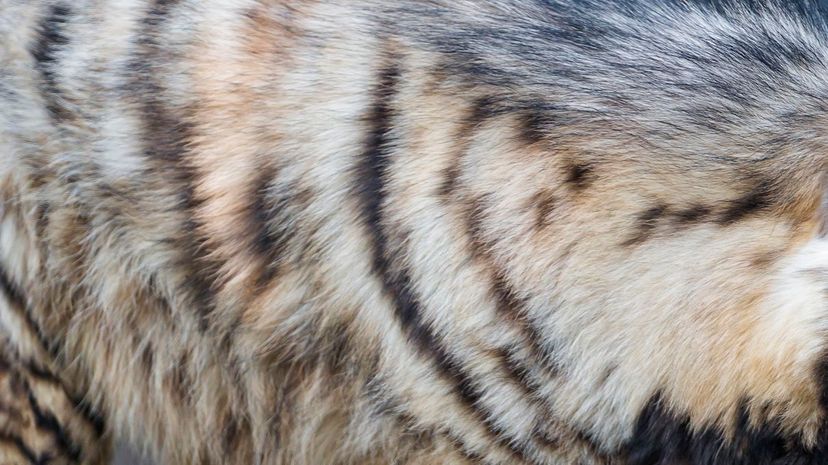
There are four different types of hyenas (spotted, striped and brown hyenas and the aarwolf), with the striped hyena spanning across the largest amount of living area. These mammals have a range from the northern regions of Africa to those in southern Siberia.
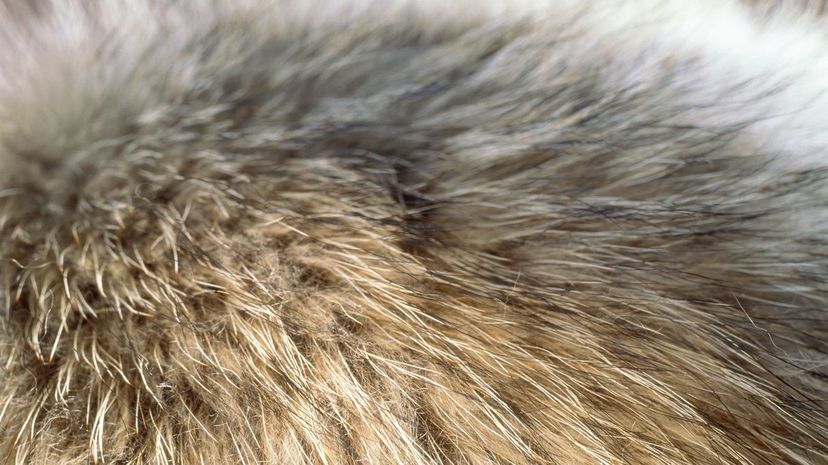
Did you know that raccoons and athletes have something in common? Just like athletes smear black paint under their eyes to absorb the sunlight and prevent glare, the black "mask" of a raccoon helps these animals do the same.
Advertisement

There are six different species of quoll. The thick hairs that make up a quoll's fur coat can be gray, black or brown, though the fur will always be dotted with spots of white patches.

As domesticated animals, the ferrets we know and love as pets come in a wide variety of colors, including cinnamon, chocolate and even albino. A group of these animals is known as a "business."
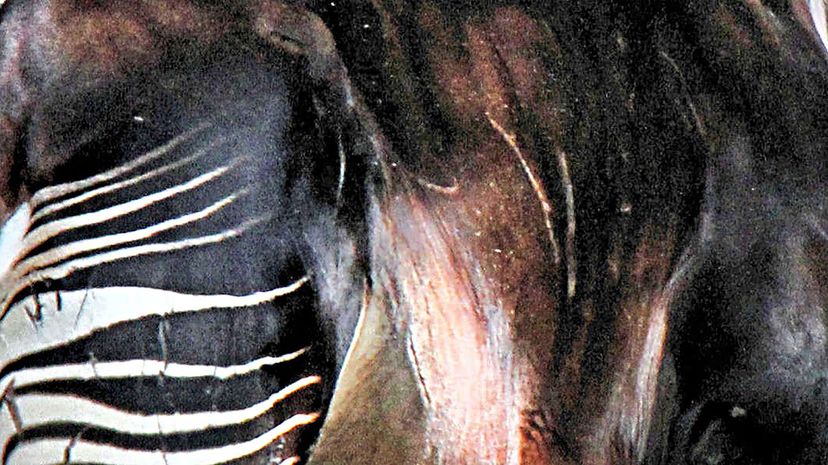
Did you know that okapis have a special way of communicating that can't be heard by humans? Female okapis can reach their calves even in lush, thick forests by producing a 14-hertz sound.
Advertisement
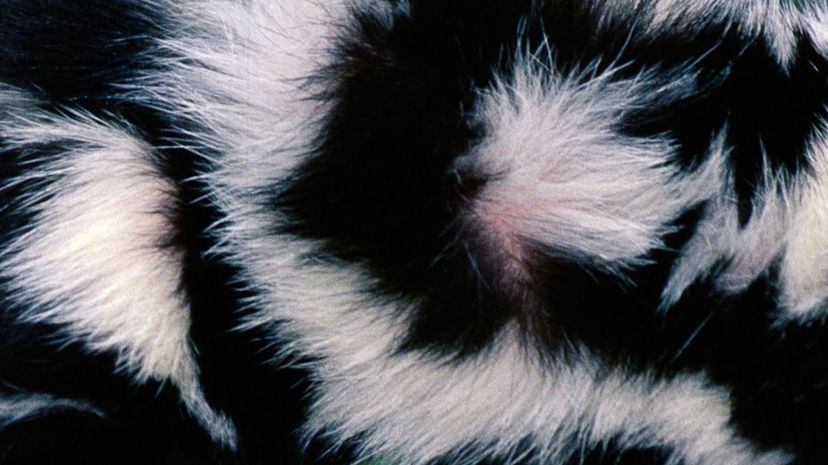
While skunks are commonly known for being striped, some of these animals can be spotted or even coated in swirled-patterned fur. There are four different species of spotted skunks alone.
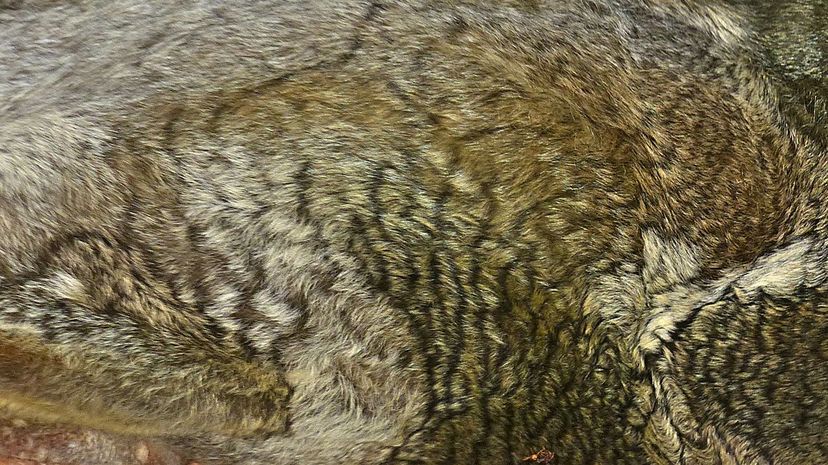
While the name might imply others, a Sunda flying lemur cannot fly nor is it actually even a lemur. These little mammals are not too good with their footwork when it comes to walking on solid ground, though they are expert climbers.
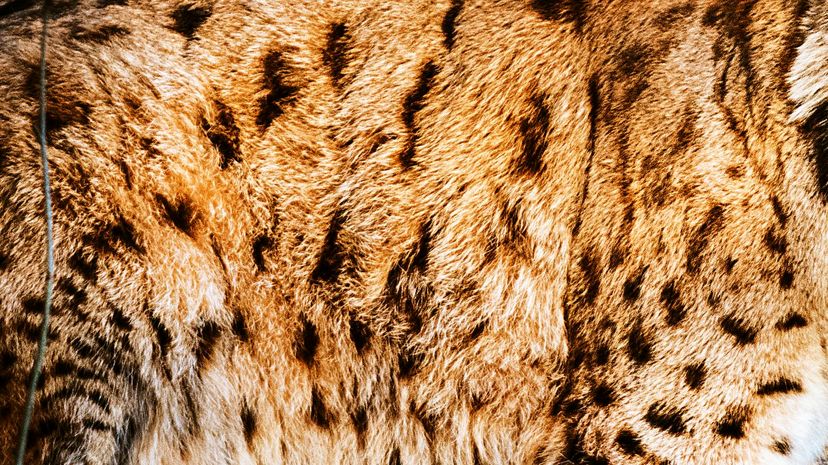
The facial fur of these feline creatures makes them very distinctive, with triangular-shaped ears crowned with a black tip and two longer tufts of fur on either side of the animal's face. This feature is known for giving a lynx a beard-like appearance.
Advertisement
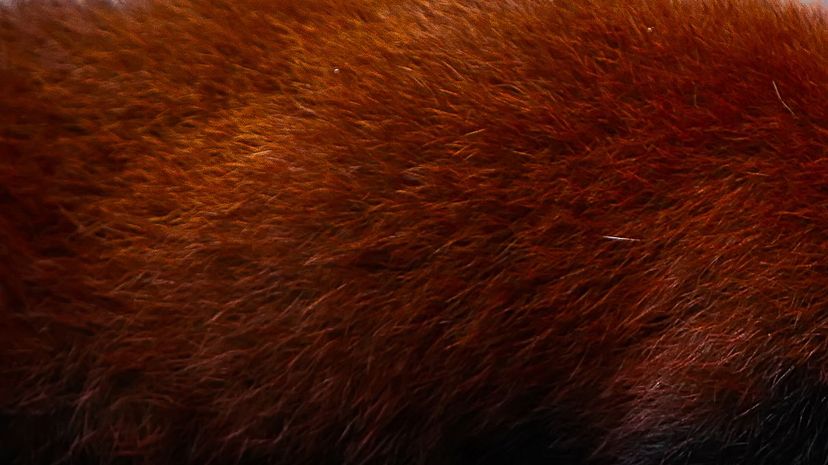
A red panda's cinnamon-colored fur is useful for keeping these animals warm. You won't find these mammals hanging out on the ground, as red pandas rely on life in the trees for sleeping and munching on bamboo.

Silver foxes may stick out due to their unique colored coat, but they are actually the same species as the red fox! Instead of barking or howling in the way that many other canines do, foxes communicate using high-pitched barks, screams, snuffles and even gekkers (or essentially chuckles).
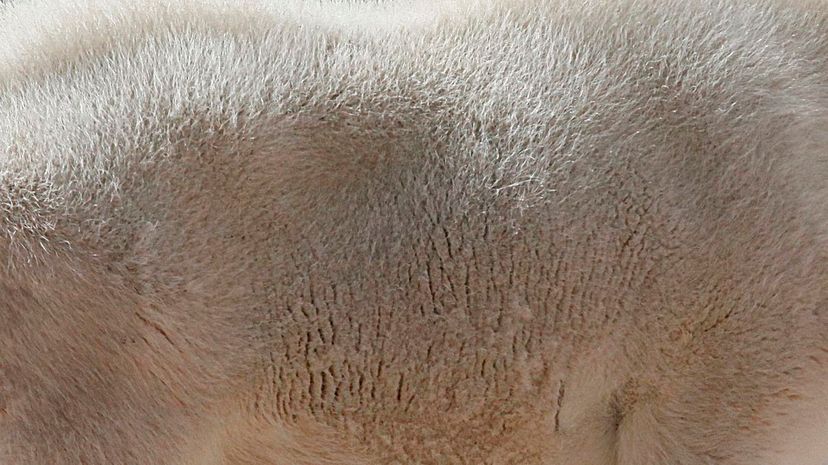
In order to deal with the heat of warmer months, mountain goats shed their coats by rubbing against trees to rid themselves of excess fur. Their white coat helps them camouflage in snowy climates.
Advertisement

Do you know what makes a grizzly bear different from others? It's their fur! A grizzly bear's fur is made up from mostly brown hair, though the fur on its back and shoulders is topped with white, which gives the animal its "grizzly" appearance.